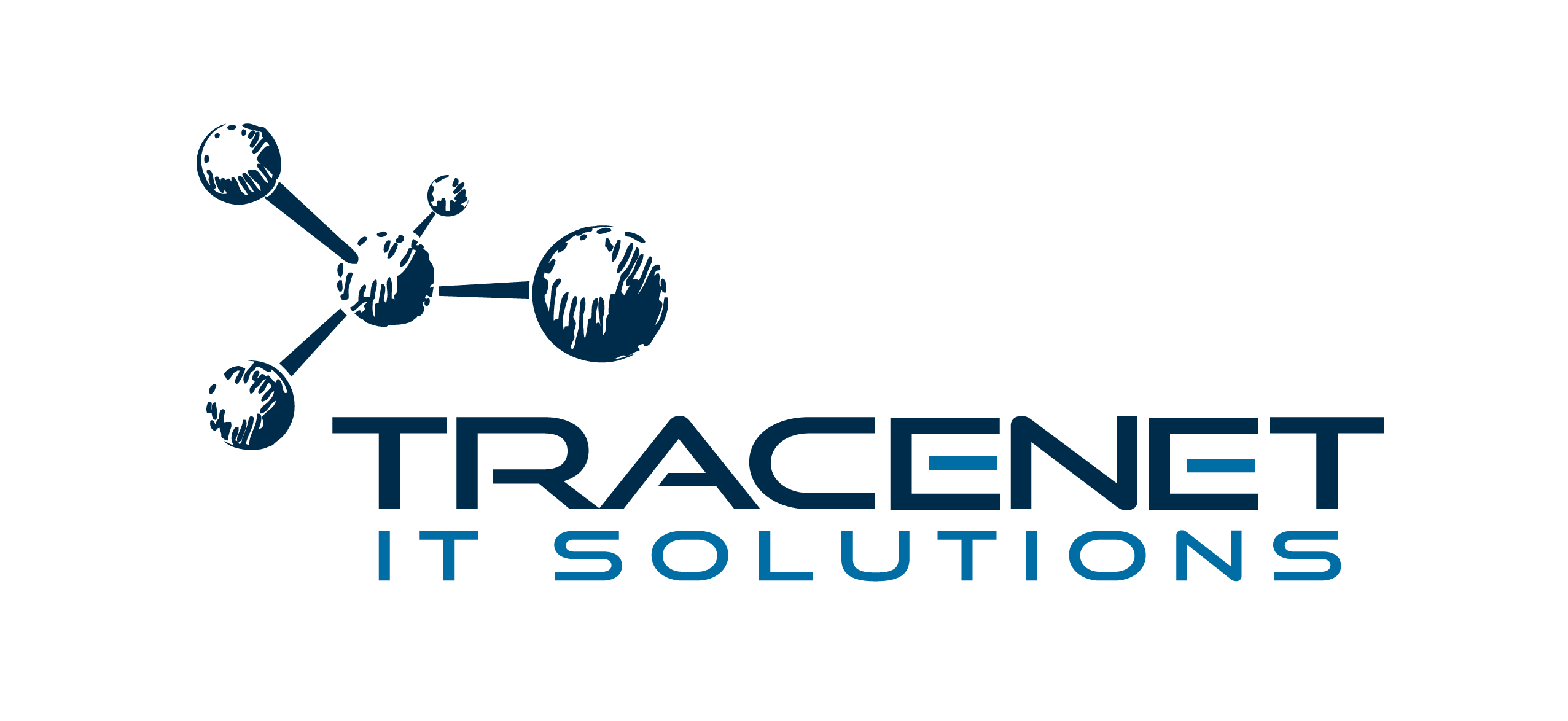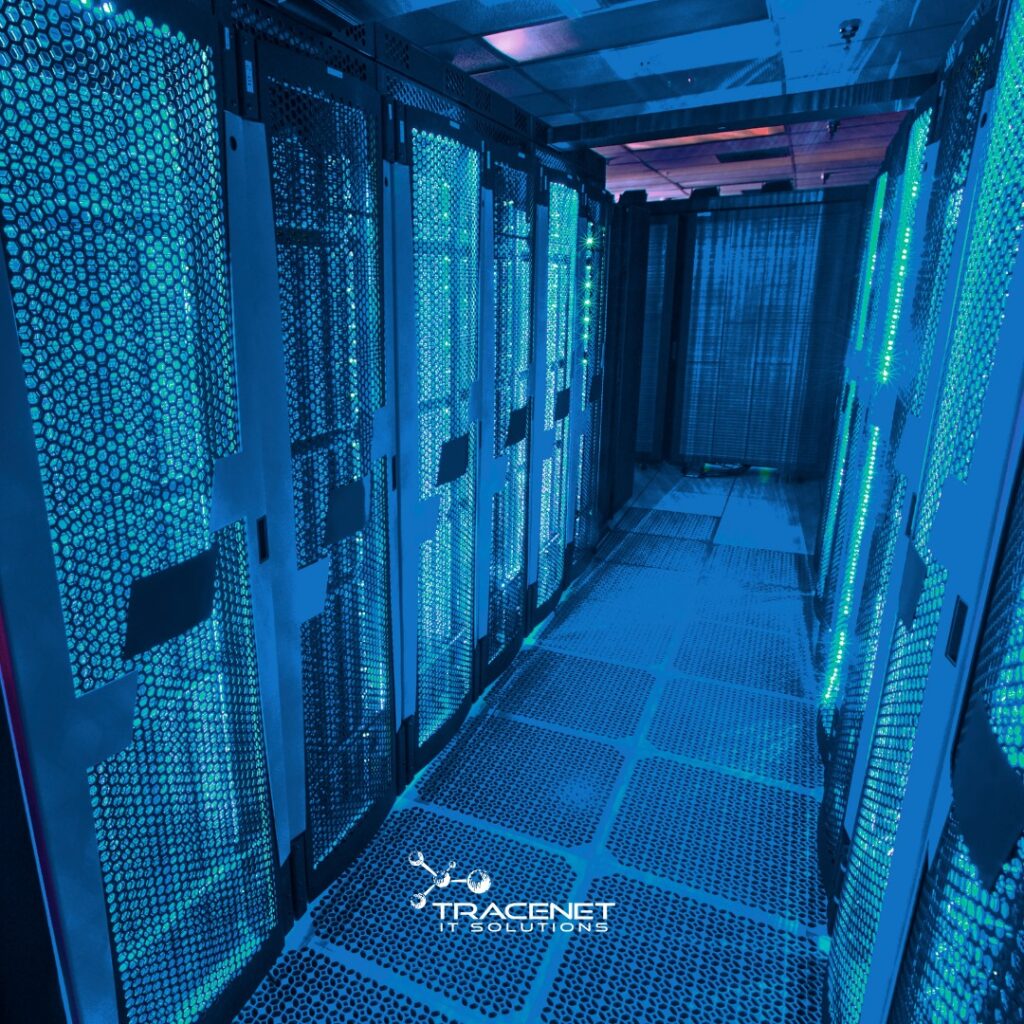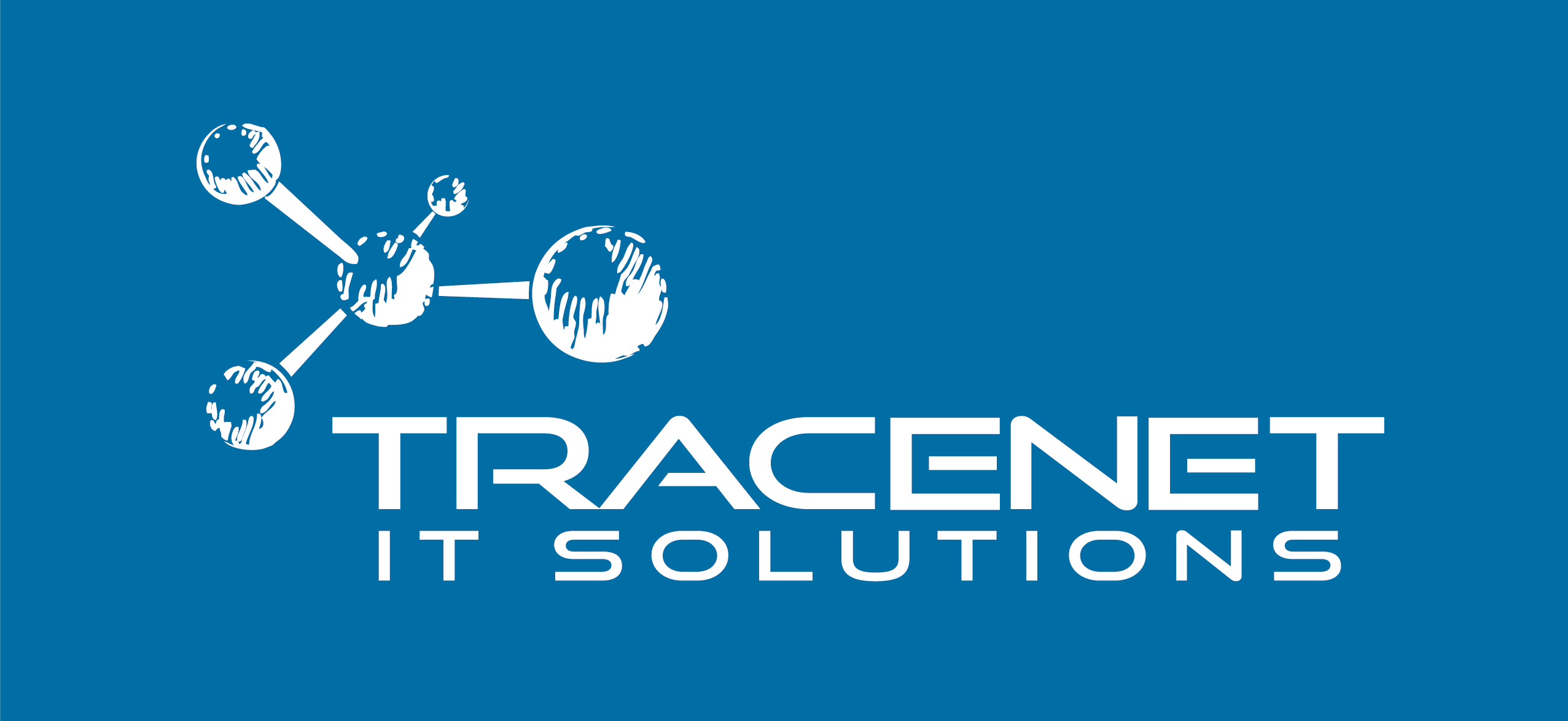As companies and individuals generate ever-increasing volumes of data – driven by trends such as the Internet of Things (IoT), big data, artificial intelligence and cloud computing – data centers have become essential for storing, processing and distributing information.
With this growing importance, these centers have also become priority targets for cybercriminals, who seek to exploit vulnerabilities to steal data, disrupt operations and cause financial and reputational damage.
In this scenario, protecting them from threats requires a continuous effort that combines advanced technology, robust processes and team awareness.
From preventing service interruptions to protecting confidential information and ensuring customer trust, cybersecurity in data centers is an essential component for the resilience and success of any organization.
Throughout this article, we’ll explore the best cybersecurity practices for datacenters. Check them out!
What is cybersecurity for datacenters?
Cybersecurity for data centers refers to the set of practices, technologies and strategies designed to protect datacenter systems, data and operations from cyber threats, unauthorized access, failures and malicious attacks.
Datacenters, being the hub where critical data is stored, processed and distributed, are high-value targets for cybercriminals. Therefore, ensuring their security is essential to maintaining the integrity, confidentiality and availability of the information and services they support.
In this sense, cybersecurity for datacenters operates on 3 pillars:
- Confidentiality: to ensure that only authorized individuals or systems have access to the data stored in the datacenter.
- Integrity: to protect data from unauthorized changes, ensuring that it remains accurate and reliable.
- Availability: to ensure that systems and information are accessible whenever necessary, even in the face of attacks or failures.
Why is Cybersecurity for data centers essential?
The cybersecurity in data centers is not just limited to barriers against external attacks. It involves
- Protecting against internal threats, such as inappropriate or accidental access by employees.
- Implementing continuous monitoring and incident response processes.
- The adoption of cutting-edge technologies, such as encryption, network segmentation and multi-factor authentication.
By investing in datacenter cybersecurity, companies are protecting volumes of sensitive data, such as confidential customer information, intellectual property and critical operational data in datacenters, making them attractive targets.
In addition, they are also in regulatory compliance, as the LGPD (General Data Protection Law) in Brazil and the GDPR (General Data Protection Regulation) in Europe require strict measures to protect sensitive data.
Finally, there is a financial and reputational impact, since a successful attack can cause millions in losses, interruptions in operations and irreparable damage to the company’s image.
10 cybersecurity strategies for data centers
Ensuring the security of a datacenter requires more than technological tools; it is necessary to adopt a strategic approach that integrates processes, advanced technologies and team awareness.
So here are the main cybersecurity strategies that help protect datacenters against attacks, minimize vulnerabilities and ensure compliance with data protection regulations.
1. Strict access control
One of the first lines of defense in datacenter security is access control. Both physical and digital access need to be strictly monitored and restricted:
- Physical access: implement measures such as CCTV surveillance, biometric locks, ID badges and multi-factor authentication for entry to datacenter facilities.
- Digital access: implement the “least privilege” policy, ensuring that employees only have the permissions they need to carry out their tasks. Using role-based access control (RBAC) systems is a good practice.
2. Network segmentation
Network segmentation is an essential strategy for limiting the lateral movement of attackers in a datacenter. This means dividing the network into different segments, each with its own security policies.
- Separate networks: isolate critical systems, such as database servers, from less secure networks, such as those used for administrative tasks.
- Internal firewall: set up firewalls between segments to monitor and control traffic.
- VLAN subnets: use virtual local area networks (VLANs) to segment traffic within the datacenter.
3. Continuous monitoring and log analysis
Continuous monitoring is vital for identifying threats in real time and mitigating risks quickly:
- SIEM solutions: implement Security Event Correlation and Management (SIEM) tools to collect and analyze event logs, identifying suspicious behavior.
- Proactive alerts: set up alerts for unusual activities, such as untimely login attempts or unauthorized access.
- Log retention: ensure that logs are stored securely for appropriate periods for future audits.
4. Regular updates and patches
Keeping systems and software up to date is one of the simplest and most effective measures against known vulnerabilities:
- Patch management: establish a regular schedule for applying patches and updates to operating systems, applications and firmware.
- Automation: use patch management tools to automatically identify and correct vulnerabilities.
- Compatibility testing: before implementing updates, carry out tests in sandbox environments to ensure that they do not cause problems with systems.
5. Protection against DDoS attacks
Distributed denial of service (DDoS) attacks are common threats to datacenters. Protecting the infrastructure against these attacks is essential:
- Anti-DDoS solutions: deploy specialized tools to detect and mitigate DDoS attacks before they cause outages.
- Content distribution networks (CDNs): Use CDNs to distribute traffic and reduce the load on the datacenter.
- Scalability: ensure that the infrastructure has the capacity to handle traffic peaks.
6. Data encryption
Protecting data at rest and in transit is essential to prevent unauthorized access:
- Encryption at rest: use encryption to protect data stored on servers and backup devices.
- Encryption in transit: ensure that all data transferred over the network is encrypted using secure protocols such as TLS.
- Key management: implement robust key management solutions to ensure that encryption keys are protected from unauthorized access.
7. Employee training and awareness
Employees are often the weakest link in cyber security. Investing in training and awareness can significantly reduce the risk of human error:
- Phishing simulations: Carry out regular tests to identify vulnerabilities and educate employees on how to recognize threats.
- Password policies: Teach good password creation and management practices, including the use of password managers.
- Regular updates: Hold workshops and information sessions on the latest trends in cybersecurity.
8. Regular and secure backups
Backups are the last line of defense against data loss and ransomware attacks:
- Automated backups: Implement solutions that create regular backups of critical data.
- Secure storage: Ensure that backups are stored in protected locations, preferably off-site, to prevent damage caused by disasters.
- Restore tests: Carry out periodic tests to ensure that backups can be restored efficiently.
9. Penetration tests and security audits
Carrying out regular tests and audits helps to identify vulnerabilities before they are exploited by attackers:
- Penetration tests: Hire experts to simulate attacks and identify weak points in the infrastructure.
- Independent audits: Carry out third-party security audits to ensure compliance with industry norms and standards.
- Action plans: Develop plans to correct vulnerabilities identified during testing.
10. Incident response plans
Having a robust incident response plan is essential for minimizing the impact of cyber attacks:
- Dedicated team: Form an incident response team (IRT) with well-defined roles and responsibilities.
- Response playbooks: Create detailed procedures for different types of incidents, such as data breaches or DDoS attacks.
- Regular tests: Carry out simulations to ensure that the team is prepared to act quickly in the event of an emergency.
Tracenet and its data center and cybersecurity solutions
Tracenet IT Solutions offers a range of customized solutions to ensure reliability, availability, monitoring and information security, regardless of whether the infrastructure is located in physical datacenters or in the cloud.
With proven experience since 2008 and an international presence, the company serves clients in regions such as Latin America, Europe, Africa and Asia, guaranteeing excellence and technological innovation.
Solutions offered for datacenter projects:
- Server consolidation and backup;
- Criação de Nuvens customizadas;
- Physical Datacenter projects (structured cabling, UPS, physical security, precision air conditioning and generators);
- Unified Fabric projects for integrating Ethernet and SAN traffic;
- Unified computing and storage projects;
- Virtualização
- Construction of advanced datacenters in containers.
With offices in cities such as Rio de Janeiro, São Paulo and Santa Catarina, as well as a base in Miami, Tracenet is recognized for its certifications and partnerships with the main IT manufacturers.



